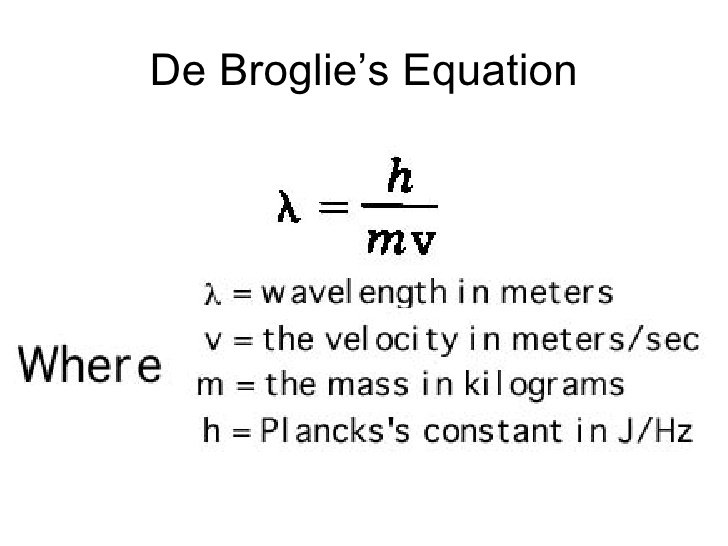Learn important concepts of the chapter.
Energy level diagrams of hydrogen atom

Postulates of Bohr's atomic model
1. According to Quantum Physics, when an electron is revolving in a particular orbit or particular energy level around the nucleus, the electron does not radiate energy even though it has accelerated motion around the nucleus. Hence Neil Bohr proposed that, the electrons could revolve around the nucleus in only 'certain orbits' (energy levels) having nucleus at its center. Each orbit has a different radius and certain energy associated with it.
2. Bohr proposed that the angular momentum of an electron is quantized. Thus, the motion of an electron is restricted to those orbits where its angular momentum is an integral multiple of , where is Plancks constant. Hence, we have the relationship , where is mass of electron, is velocity of electron of said orbit, is radius of that orbit, is a simple integer.
3. The stationary states or allowed energy levels are only those where = 1, 2, 3, This is called Bohr quantum condition. It essentially tells you that energy levels of an atom are quantized, meaning electron can only reside in certain energy levels of an atom.
4. The energy of an electron changes only when it moves from one orbit to another. An electronic transition from an inner orbit to outer orbit involves absorption of energy. Similarly, when an electron jumps from an outer orbit to inner orbit it releases energy, which is equal to the difference between the two energy levels.
5. The energy thus released in the form of a radiation of a certain frequency appears in the form a line in the atomic spectrum. If the energy of an electron in the outer orbit () is and energy of electron in the inner orbit () is then .
6. The value of could be small integers 1, 2, 3 corresponding to the first, second, third shell and so on. Quantum states are shells for the electron and is termed as principal quantum number.
Bohr-Sommerfield model of atom
According to him, the stationary orbits in which electrons are revolving around the nucleus in the atom are not circular but elliptical in shape. It is due to the influence of the centrally located nucleus. The electron revolves in elliptical path with nucleus at one of its foci. So there will be a major and a minor axis of the path. He said that with the broadening of the orbit, the lengths of the two axis approach to equal value and ultimately become equal i.e. the path become circular. So we can say the circular path is just one special case elliptical path.
As electrons travel in elliptical path, it will have an angular momentum and this angular momentum must be quantized according to the quantum theory of radiations. Bohr gave that angular momentum as but Sommerfeld used another integer k instead of n. k is an integer known as azimuthal quantum number. n used by Bohr and k used by Sommerfeld are related as:
n/k = length of major axis/length of minor axis
With increase in value of k, the path becomes more and more elliptical and eccentric. When k=n, the path becomes circular
Electronic energy
The negative sign of energy means that the energy of the electron in the atom is lower than the energy of a free electron at rest. A free electron at rest is an electron that is at sufficiently far away from the nucleus and its energy is assumed to be zero. The negative sign also indicates that the electron is bound to the nucleus.
De broglie relation

Heisenberg uncertainty principle

Schrodinger wave equation



